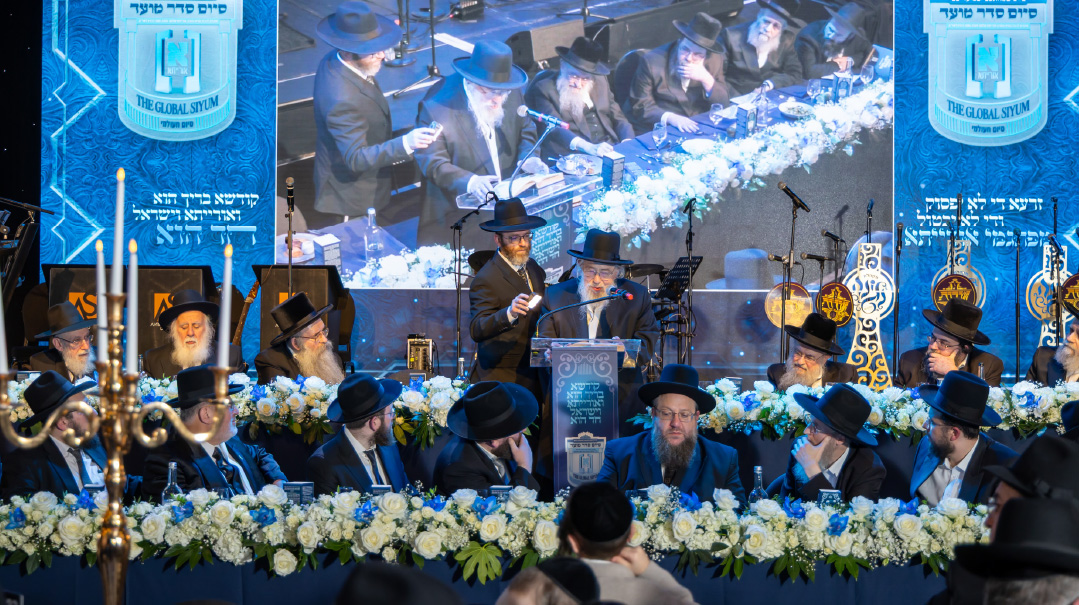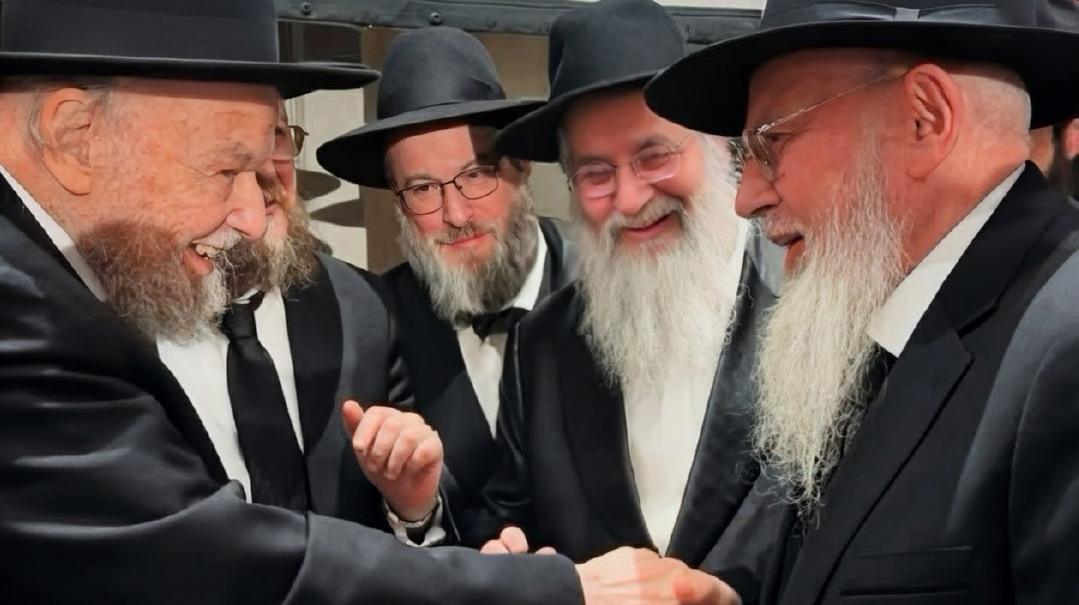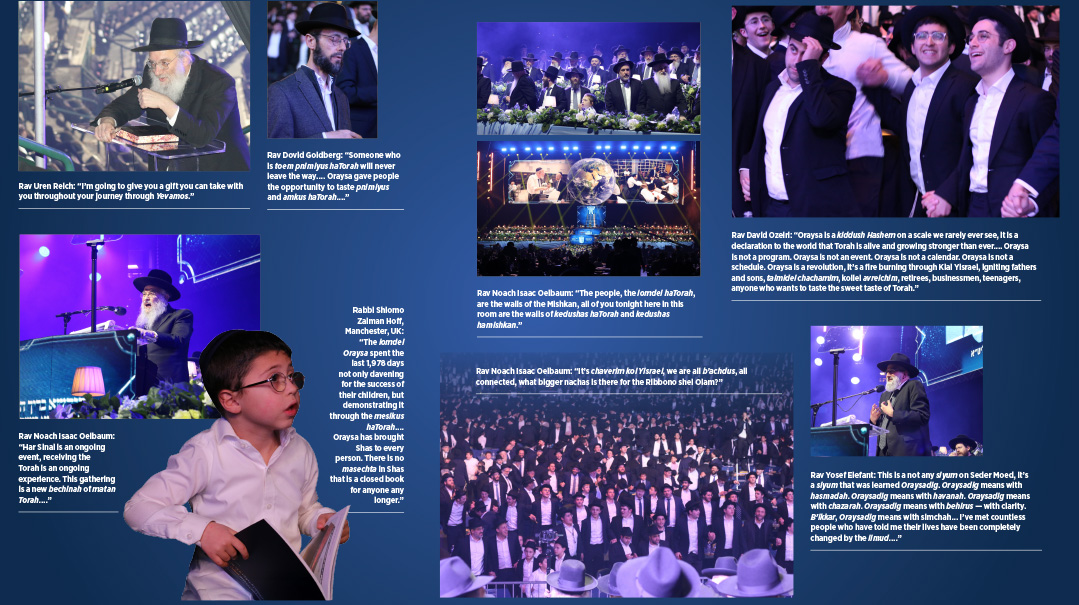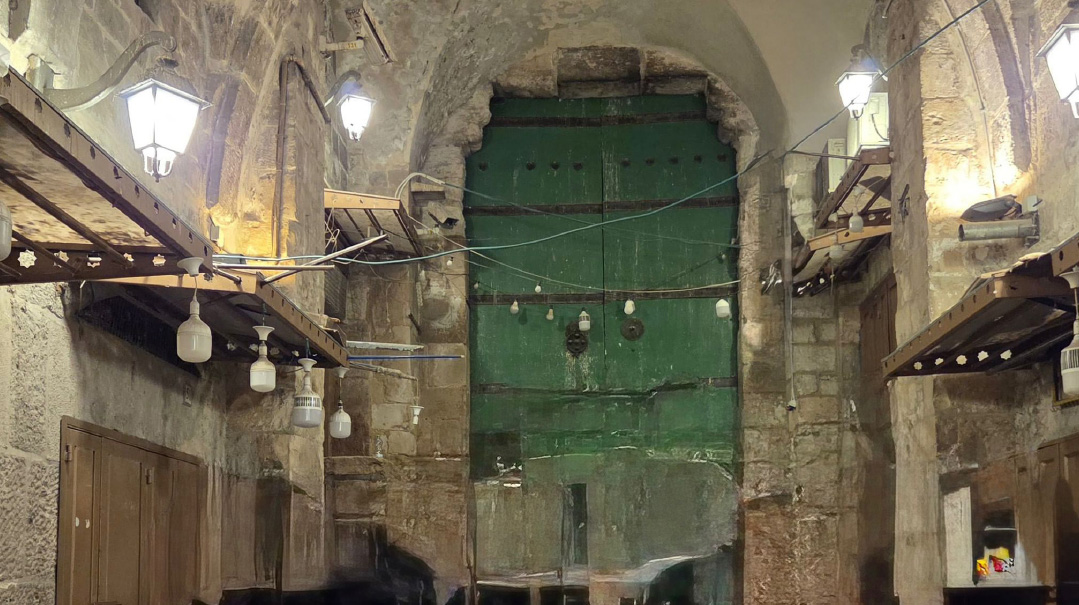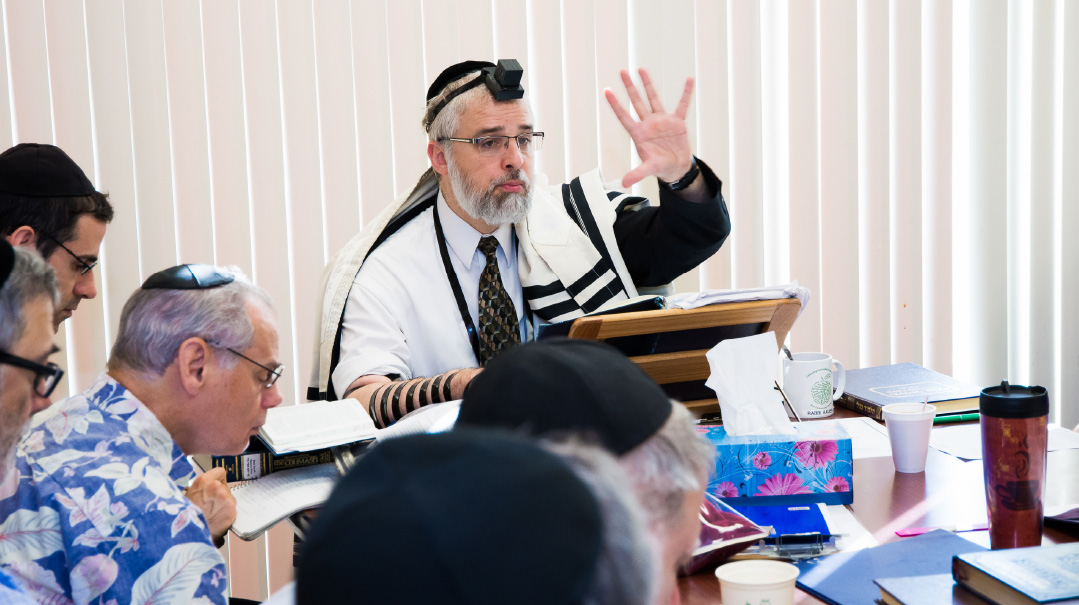The Moment: Issue 1018
| July 2, 2024He wanted to go to the most important building in camp: the beis medrash
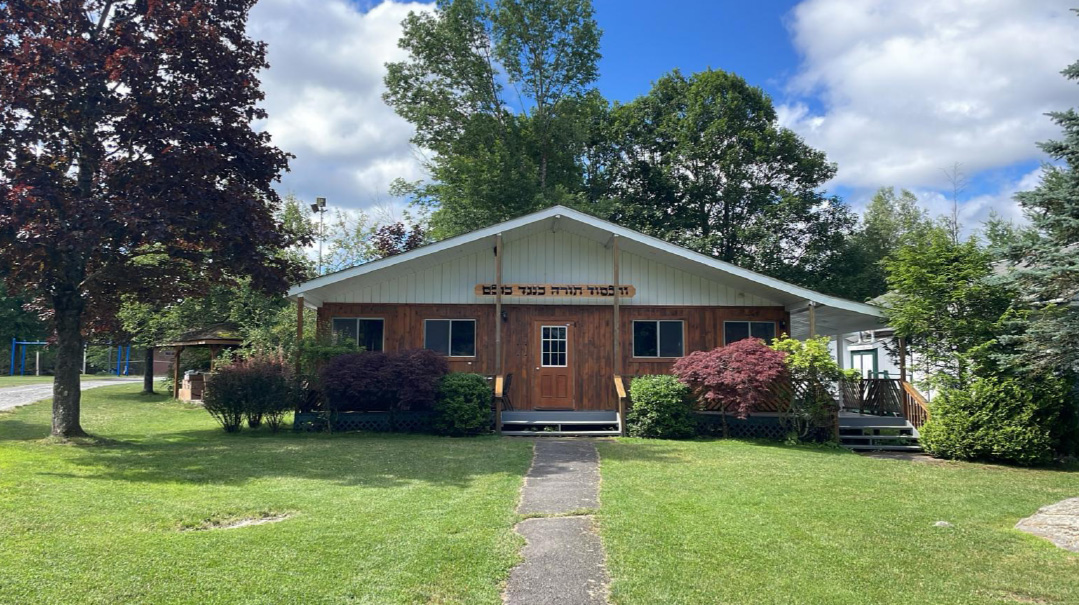
Living Higher
Rav Dovid Cohen shlita, a preeminent posek, rav of Brooklyn’s Congregation Gvul Yaabetz, and author of dozens of seforim, is the long-serving mara d’asra of Camp Munk. Each summer for the last 66 years, the rav has left sweltering Brooklyn for the mountainous air of Camp Munk, where he spends his days immersed in piles of seforim, answering the hundreds of sh’eilos that come in through the two landline phones installed near his seat, and interacting with staff and campers, who are grateful to have a gadol in their midst.
Rav Cohen takes care to arrive in camp on a Tuesday, wanting to start the summer season on the day the Torah twice refers to as “ki tov.”
As the beloved rav exited his car after the two-hour trip from Brooklyn, camp staff rushed over to greet him and help him bring in his belongings.
A family member of Rav Cohen suggested he come inside the air-conditioned bungalow his car had pulled up to, where he’d be able to have a cold drink and rest from the ride. Rav Cohen refused. He explained that the first place a person steps foot in upon arriving in any destination holds special significance. As such, he wanted to go to the most important building in camp: the beis medrash. With that, Rav Cohen turned around and made his way down the paved path to the beis medrash, where his shtender waited him.
Overheard
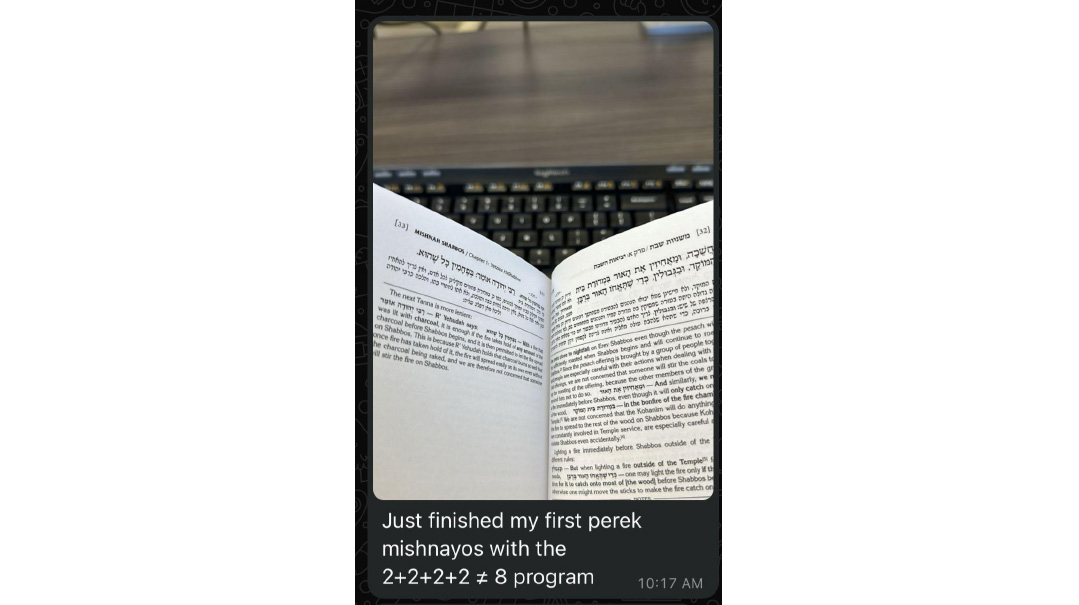
“We know there is a famous yesod when it comes to ruchniyus that seven plus seven doesn’t equal 14. We can apply that same yesod to divrei chol. Working for eight hours straight isn’t the same as working for four two-hour intervals.”
—Rav Avrohom Schorr, rav of Congregation Nezer Gedalyahu, speaking at Lakewood’s “Hashkafah in the Workplace Vaad.” Rav Schorr encouraged listeners to pause during the work day to spend a few minutes learning Torah, thus ensuring that a person isn’t detached from learning for a whole workday. A week later, one of the organizers received a message from a participant saying that he’d just finished a perek of Mishnayos by implementing the “one Mishnah every two hours” principle Rav Schorr had encouraged.
INrecent weeks, Yeshiva Darchei Torah of Far Rockaway have begun preparing for the construction of a massive new campus, which will further the yeshivah’s hashpa’ah upon thousands of talmidim.
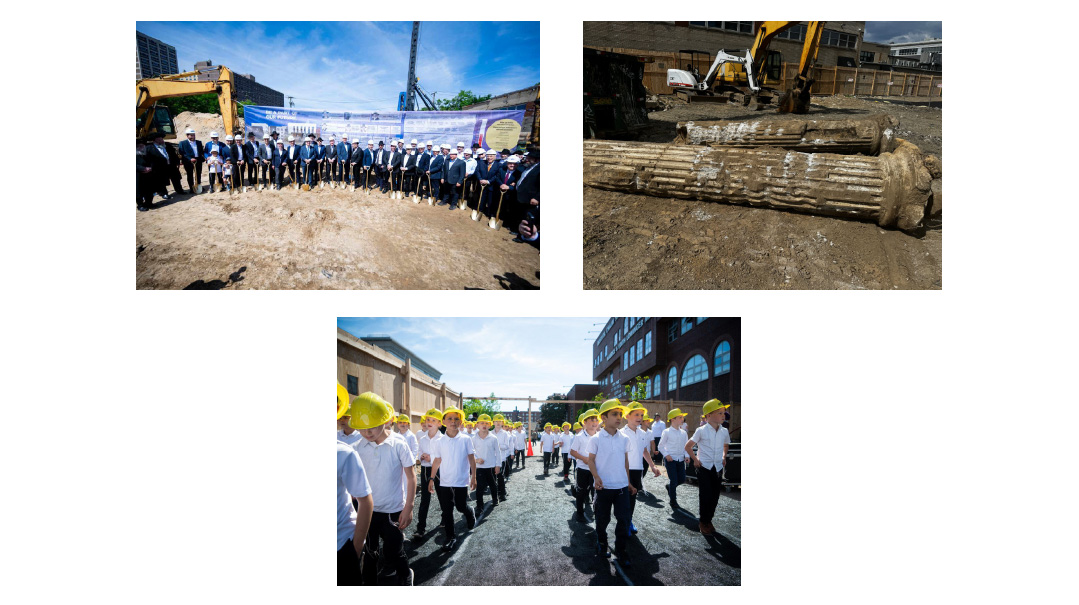
Upon clearing the site, the excavators hit something solid. They dug further, to discover that what was buried under the ground was a set of pillars. Where did they come from? The administration at Darchei Torah knew the answer.
Before the Darchei campus had been built, the site had been home to the Hebrew Institute of Long Island (HILI), which had been founded by Rabbi Mordechai Shuchatowitz, a brother in-law of Rav Yitzchak Ruderman and Rabbi Naftali Neuberger.
HILI had been home to illustrious staff members, such as Rav Reuven Feinstein and Rabbi Zev Altusky, father of current Darchei Torah Rosh Yeshivah Rav Shlomo Avigdor Altusky. Some famous HILI alumni include Rav Eliezer Kahaneman of Yeshivas Ponevezh, Rav Moshe Hillel Hirsch of Slabodka, Rav Asher Zelig Rubinstein, and longtime Yeshiva Darchei Torah lay leader Lloyd Keilson, as well as Professor Shnayer Leiman and renowned Holocaust historian Dr. Deborah Lipstadt.
Although the yeshivah’s building no longer stands, its pillars, apparently, remained beneath the ground. And now, on this very site, another yeshivah is being built upon the pillars of its predecessors.
Because the world stands on the pillars of Torah.
(Originally featured in Mishpacha, Issue 1018)
Oops! We could not locate your form.

